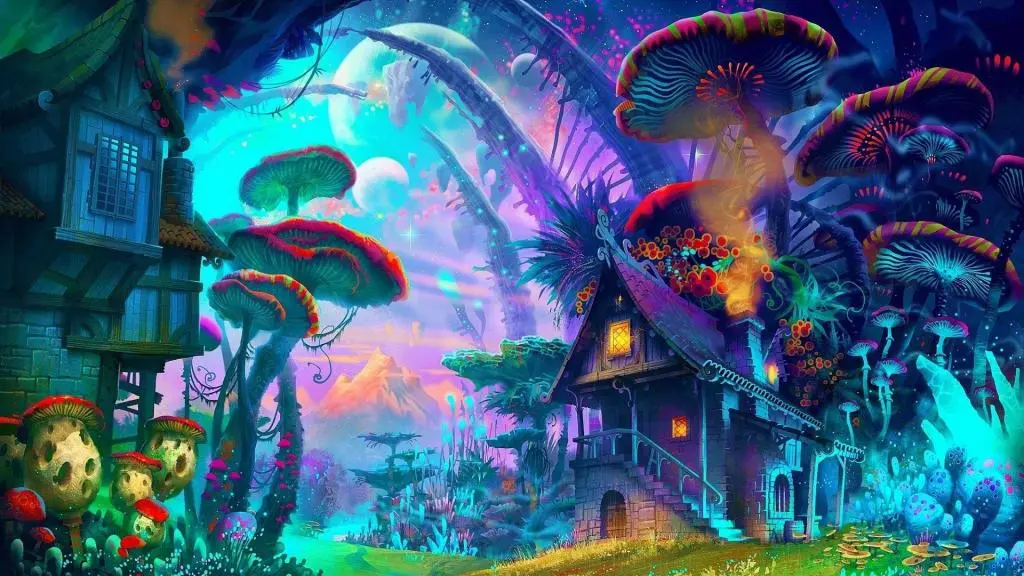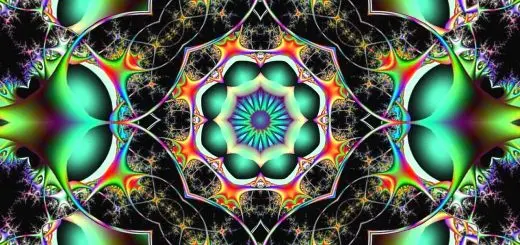The Enigmatic World of Traditional Folk Dolls

Looking for more amazing products? Check out our online store and explore our collection here! Happy shopping!
Before diving in, please note: This post is for informational purposes only. If you’d like to know more about how we approach topics, feel free to check out our friendly Disclaimer Page.
Hey there, amazing readers! 
We’re committed to delivering quality posts, and your support (even just sticking around despite the ads) means everything to us. So, bear with us, and thanks for helping us keep the good vibes rolling. Now, on to the fun stuff!
TRANSLATE BUTTON AT THE END OF THE ARTICLE
Introduction to Folk Dolls
Folk dolls have long been a fascinating aspect of cultural heritage, offering a glimpse into the traditions and beliefs of various societies around the world.
These handcrafted creations are more than just playthings; they are symbolic representations of cultural identity, history, and values.
From simple rag dolls to intricately adorned figures, folk dolls come in a myriad of styles and designs, each unique to its cultural origin.
History of Traditional Dolls
The history of traditional dolls dates back centuries, with evidence of doll-like figures found in ancient civilizations such as Egypt, Greece, and Rome.
These early dolls were often used in religious rituals or as children’s toys.
As time progressed, the art of doll making evolved, with different cultures incorporating their own styles and techniques.
In many cultures, dolls were not just toys but were also used in rituals, ceremonies, and as symbols of protection or fertility.
Cultural Significance
Folk dolls hold immense cultural significance, representing a connection to the past and a way to pass down traditions from generation to generation.
In many societies, dolls are believed to possess spiritual powers or serve as protectors against evil spirits.
They may also be used in storytelling or as teaching tools to impart cultural values and beliefs.
The making and owning of folk dolls are often seen as a way to preserve cultural heritage and celebrate a community’s uniqueness.
Materials Used in Doll Making
The materials used in doll making vary widely depending on the cultural traditions and resources available in a region.
Common materials include cloth, wood, clay, straw, and even natural fibers such as grasses or animal hair.
These materials are often sourced locally and reflect the environment in which the dolls are created.
The choice of materials can also influence the style and design of the doll, with some cultures favoring intricate embroidery and beadwork, while others opt for more simplistic forms.
Regional Variations
Folk dolls exhibit a wide range of regional variations, each with its own distinct characteristics and styles.
For example, Russian nesting dolls, known as Matryoshka dolls, are renowned for their intricate designs and vibrant colors.
In contrast, Japanese Kokeshi dolls are simple wooden figures with minimal facial features.
African dolls often feature bold colors and patterns, reflecting the rich cultural heritage of the continent.
These regional variations showcase the diversity and creativity found in traditional doll making practices.
Symbolism and Meaning
Folk dolls are rich in symbolism and meaning, often representing aspects of daily life, deities, animals, or even historical events.
For example, in some cultures, dolls are created to commemorate specific occasions such as weddings, births, or harvest festivals.
The colors, patterns, and symbols used in doll making can carry deep cultural significance, serving as a visual language to convey stories and beliefs.
Each doll is a unique expression of the cultural values and traditions of its creators.
Types of Folk Dolls
There is a multitude of types of folk dolls found around the world, each with its own characteristics and purpose.
Some common types of folk dolls include:
Cloth dolls: Made from fabric and often embellished with embroidery or other decorations.
Wooden dolls: Carved from wood and painted with intricate designs.
Clay dolls: Molded from clay or ceramic materials and fired in a kiln.
Corn husk dolls: Created from dried corn husks and often used in Native American traditions.
These are just a few examples of the diverse range of folk dolls found across different cultures.
Techniques in Doll Making
The techniques used in doll making are as diverse as the dolls themselves, with each culture employing unique methods to create these intricate figures.
Some common techniques include sewing, embroidery, weaving, carving, painting, and molding.
Skilled artisans often spend years honing their craft and passing down these techniques through generations.
The attention to detail and craftsmanship required in doll making make it a labor-intensive and time-consuming process, but the results are often exquisite works of art.
Collecting Folk Dolls
Collecting folk dolls has become a popular hobby for enthusiasts around the world, as these unique creations offer a window into different cultures and traditions.
Collectors may seek out rare or vintage dolls, focusing on specific regions or types of dolls to create a curated collection.
Some collectors are drawn to the artistic value of folk dolls, while others appreciate the historical and cultural significance they represent.
Regardless of the motivation, collecting folk dolls allows enthusiasts to connect with the past and celebrate the artistry of traditional doll making.
Preservation of Folk Art
The preservation of folk art, including traditional folk dolls, is vital in maintaining cultural heritage and ensuring these art forms are not lost to time.
As modernization and globalization continue to reshape societies, there is a risk of traditional crafts being overshadowed or abandoned.
Organizations dedicated to preserving folk art work tirelessly to document, promote, and protect these traditions.
By supporting artisans, providing educational resources, and promoting awareness of folk art, efforts can be made to safeguard these invaluable cultural treasures for future generations.
Modern Interpretations
While traditional folk dolls continue to hold a special place in many cultures, modern interpretations of these dolls have emerged, blending traditional techniques with contemporary aesthetics.
Artists and designers are experimenting with new materials, styles, and themes to create innovative and unique folk dolls that resonate with today’s audiences.
These modern interpretations serve to honor the legacy of traditional doll making while pushing the boundaries of creativity and expression.
By embracing both the old and the new, folk dolls continue to evolve and thrive in the ever-changing artistic landscape.
Conclusion: Legacy of Folk Dolls
In conclusion, traditional folk dolls are not just objects of play but are cultural artifacts that embody the essence of a community’s history, beliefs, and creativity.
From the ancient civilizations to modern interpretations, the legacy of folk dolls continues to captivate and inspire people around the world.
By understanding the history, cultural significance, regional variations, symbolism, and techniques of traditional doll making, we can appreciate the artistry and craftsmanship that goes into creating these timeless treasures.
As we look towards the future, it is essential to continue preserving and celebrating the enigmatic world of traditional folk dolls for generations to come.

The Enlightenment Journey is a remarkable collection of writings authored by a distinguished group of experts in the fields of spirituality, new age, and esoteric knowledge.
This anthology features a diverse assembly of well-experienced authors who bring their profound insights and credible perspectives to the forefront.
Each contributor possesses a wealth of knowledge and wisdom, making them authorities in their respective domains.
Together, they offer readers a transformative journey into the realms of spiritual growth, self-discovery, and esoteric enlightenment.
The Enlightenment Journey is a testament to the collective expertise of these luminaries, providing readers with a rich tapestry of ideas and information to illuminate their spiritual path.
Our Diverse Expertise
While our primary focus is on spirituality and esotericism, we are equally passionate about exploring a wide range of other topics and niches 

To ensure we provide the most accurate and valuable insights, we collaborate with trusted experts in their respective domains 
Our blog originally focused on spirituality and metaphysics, but we’ve since expanded to cover a wide range of niches. Don’t worry—we continue to publish a lot of articles on spirituality! Frequently visit our blog to explore our diverse content and stay tuned for more insightful reads.
Hey there, amazing reader! 
Check out our store here and take a peek at some of our featured products below! Thanks for being awesome!















